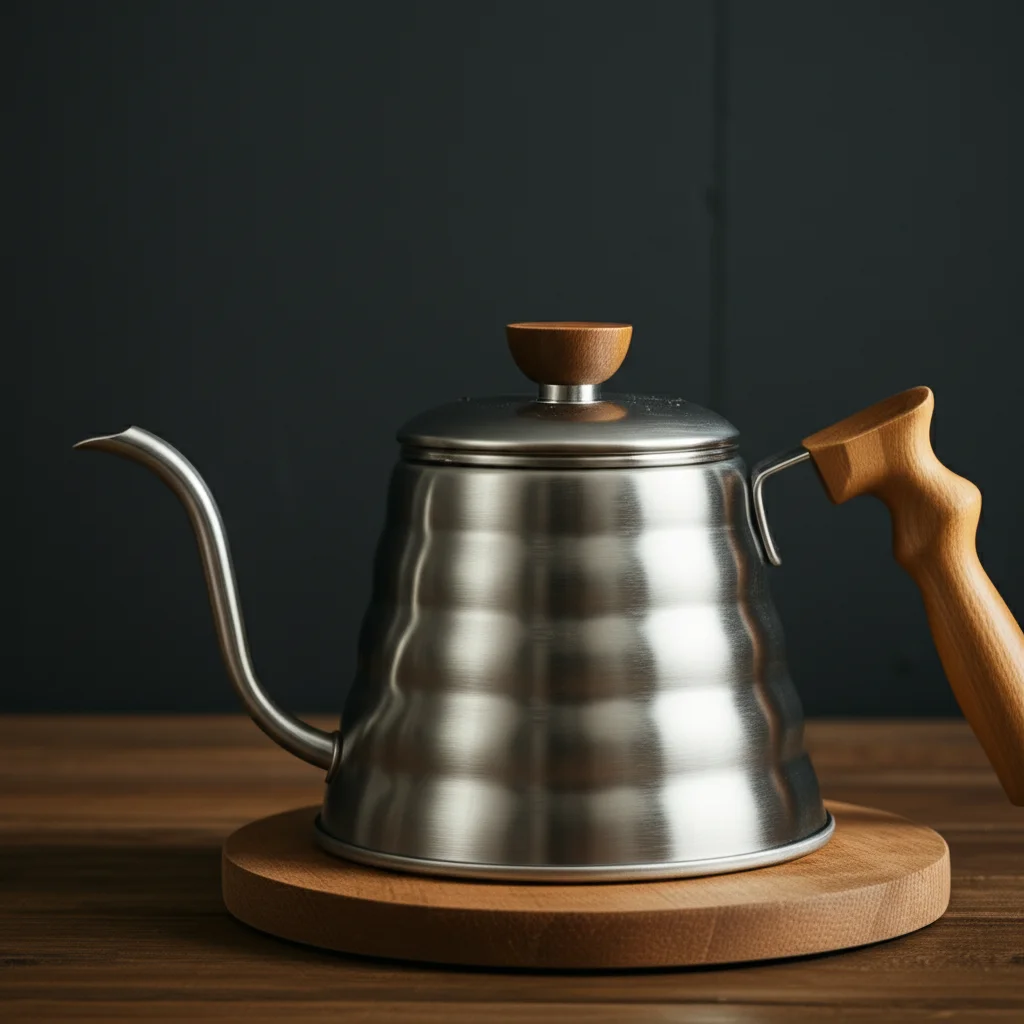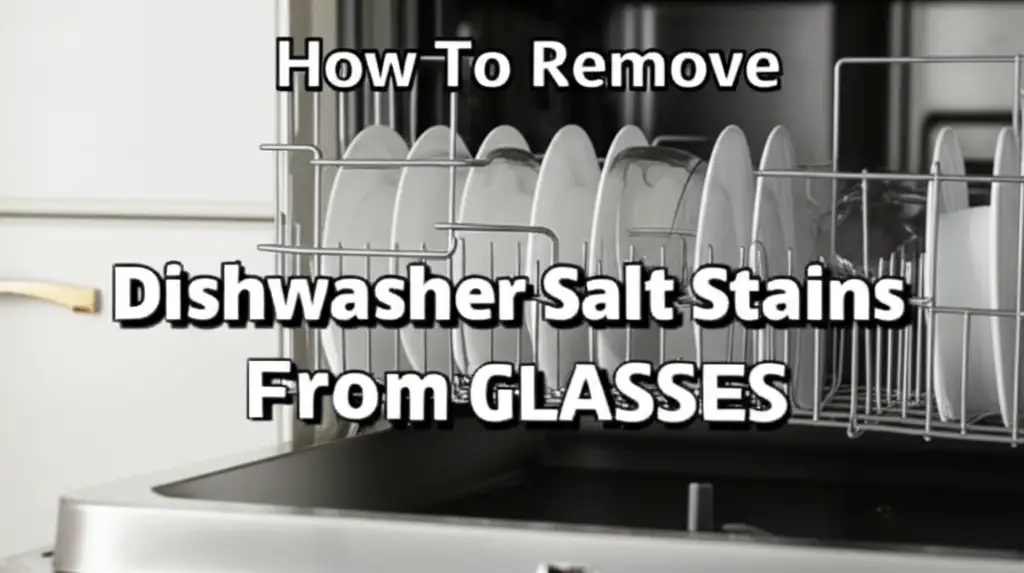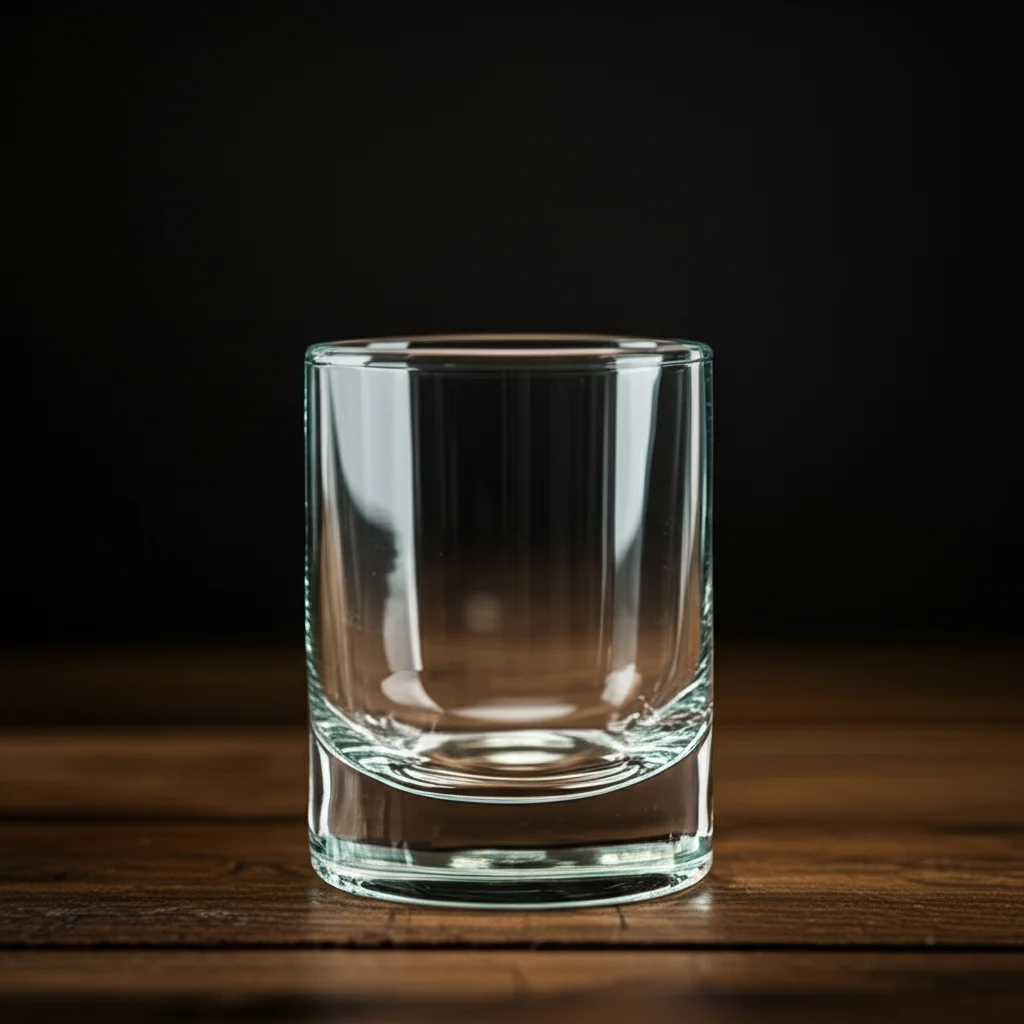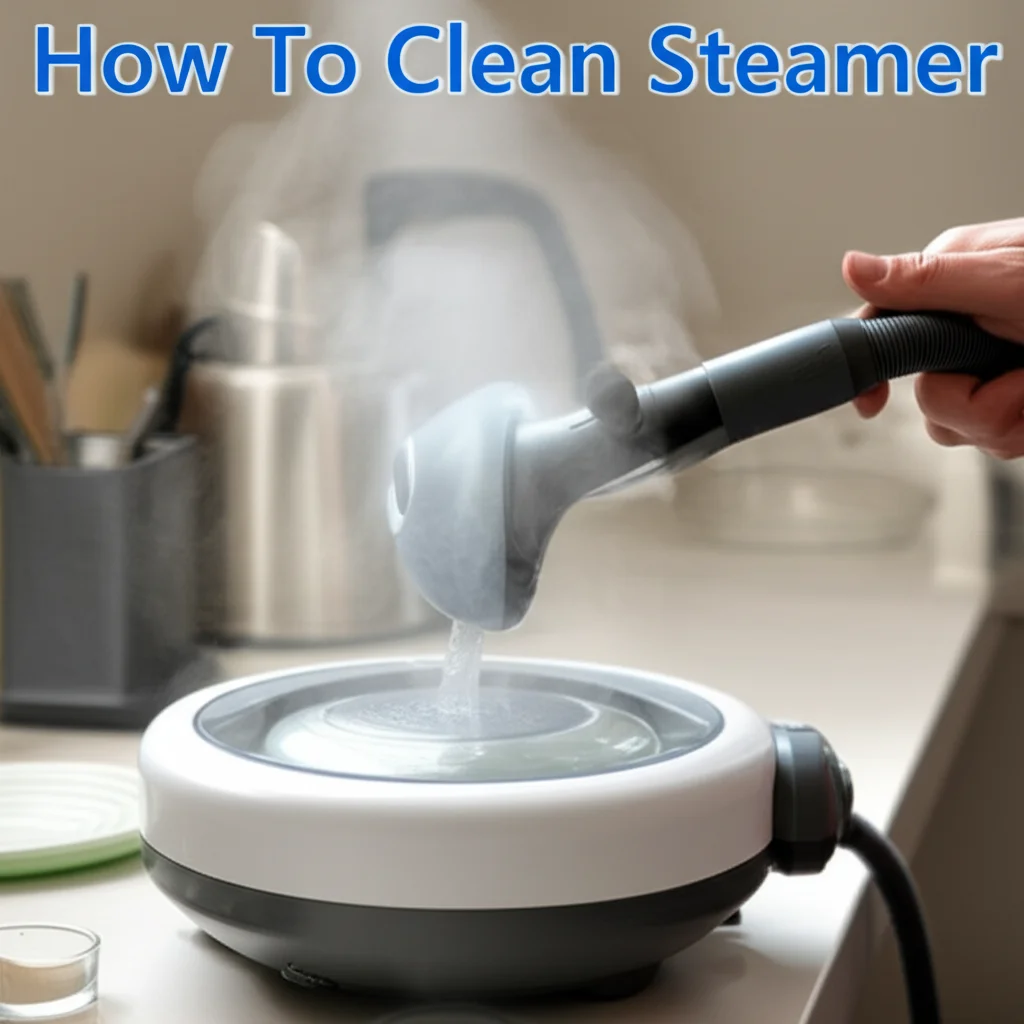· Todd Martin · Home Care · 20 min read
How To Clean Gooseneck Kettle

Cleaning Your Gooseneck Kettle for Better Brews
Have you ever noticed your morning coffee or tea tasting a bit off? Or perhaps you see white, flaky bits floating in your freshly boiled water? These are clear signs your beloved gooseneck kettle needs a good clean. Keeping your gooseneck kettle clean is important. It helps your drinks taste good. It also makes your kettle last longer.
A dirty kettle gathers mineral deposits. These deposits are called limescale. Limescale comes from tap water. It can slow down heating and change the taste of your water. This guide will show you simple ways to clean a gooseneck kettle. We will cover how to remove limescale. We will also show how to keep the outside shiny. You will learn to clean the unique gooseneck spout. We will make sure your kettle is ready for many more perfect pours.
Takeaway:
- Regular descaling prevents mineral buildup and maintains water quality.
- Vinegar or citric acid are effective and natural descaling agents.
- Clean the interior and exterior, including the unique gooseneck spout, for a pristine kettle.
- Consistent cleaning habits extend your kettle’s lifespan and improve beverage taste.
To clean a gooseneck kettle, fill it with a descaling solution like vinegar or citric acid. Boil the solution, let it sit, then scrub the inside. Rinse the kettle thoroughly multiple times to remove all residue and odors. Finish by wiping the exterior for a clean, shiny finish.
Why Your Gooseneck Kettle Needs Regular Cleaning
Gooseneck kettles are popular. They give you precise pouring control. This is great for coffee or tea. But like all kettles, they get dirty inside. Water leaves behind minerals. These minerals build up over time. This buildup is called limescale. It looks white or chalky. It often sticks to the heating element or the bottom.
Cleaning is important for many reasons. First, limescale affects water purity. It can change how your hot drinks taste. Second, limescale makes your kettle work harder. It can insulate the heating element. This means your kettle takes longer to boil water. It also uses more energy. Regular cleaning keeps your kettle working well. It helps it last longer.
Understanding Limescale and Mineral Buildup
Limescale is mostly calcium carbonate. It comes from hard water. Hard water has high levels of dissolved minerals. When water heats up, these minerals become solid. They stick to surfaces inside the kettle. This buildup is common. It happens in any appliance that heats water.
You can see limescale. It forms a white or gray layer. It can be thin and flaky. It can also be thick and crusty. This buildup does not look good. It also lowers your kettle’s performance. It can even shorten its life.
The Impact on Flavor and Performance
Imagine brewing fine coffee. You want a clean, pure taste. Limescale can ruin that. It adds a chalky flavor to your water. This taste then transfers to your drinks. Your coffee or tea will not taste its best. This is a common problem. Many people do not realize the cause.
Beyond taste, performance drops. Your kettle heats slower. It uses more power. This wastes energy. In severe cases, thick limescale can damage the heating element. It can make the kettle stop working. Cleaning often prevents these issues. It keeps your kettle efficient. It ensures pure water for your favorite drinks. If you want to know more about general kettle cleaning, check out our guide on how to clean an electric kettle.
Essential Supplies for Cleaning Your Gooseneck Kettle
Before you start cleaning your gooseneck kettle, gather your supplies. You do not need many items. Most are probably in your kitchen already. Having everything ready makes the job easier. It also helps you clean safely and efficiently.
The right tools and cleaning agents are important. They help remove stubborn deposits. They also protect your kettle’s surface. Using harsh chemicals is not good. They can damage the kettle. They can also leave harmful residues. Natural methods are best for kettles. They are safe for food contact.
Natural Descaling Agents
You have several good choices for descaling. These are safe and effective.
- White Vinegar: This is a popular option. It is acidic. This acid breaks down limescale. It is cheap and easy to find. White vinegar works very well for mineral deposits.
- Citric Acid: This is another great choice. It is a natural acid. You can buy it as a powder. It is often used in food and cleaning. Citric acid is strong. It works fast on limescale. It has less odor than vinegar.
- Baking Soda: You can use baking soda for lighter stains. It is good for general cleaning. It is not as strong for descaling as vinegar or citric acid. But it can help scrub away residue.
Always choose one descaling agent for a cleaning session. Do not mix them. Mixing can create unwanted reactions.
Gentle Cleaning Tools
You need tools that will not scratch your kettle.
- Soft Brush or Sponge: Use this for scrubbing the inside. A bottle brush works well for reaching the bottom. Make sure it has soft bristles. A regular kitchen sponge is good for wider areas.
- Microfiber Cloth: Use this for wiping the outside. It cleans without streaks. It also absorbs water well. It is gentle on surfaces.
- Clean Towels: Have a few clean towels ready. You will use them for drying the kettle. This prevents water spots.
- Gloves: Wear gloves if you have sensitive skin. Vinegar can be drying. Gloves keep your hands safe during the cleaning process.
Having these simple items ready ensures a smooth cleaning experience. You will be able to get your gooseneck kettle sparkling. This includes both the inside and the outside. For external cleaning tips, especially for metal surfaces, see our guide on how to clean stainless steel.
Step-by-Step Descaling: The Vinegar Method
The vinegar method is one of the easiest ways to descale your gooseneck kettle. It uses a common household item. Vinegar is a strong acid. It breaks down mineral deposits. This method is effective and safe. I use this method often myself. It gets rid of stubborn limescale.
This process involves a few simple steps. You will mix vinegar and water. You will boil the solution. Then, you will let it soak. Finally, you will rinse it well. Following these steps helps make sure your kettle is thoroughly cleaned. It will be ready for your next perfect brew.
Preparing the Vinegar Solution
First, you need to make the descaling mixture.
- Empty the kettle: Pour out any remaining water.
- Add vinegar: Pour white vinegar into the kettle. Fill it about halfway.
- Add water: Top up the kettle with an equal amount of fresh water. This creates a 1:1 ratio. For example, if you use 2 cups of vinegar, add 2 cups of water.
- Do not overfill: Make sure you do not fill the kettle past the “max fill” line. The solution will expand a bit when it boils.
This mixture is powerful enough to tackle most limescale buildup. If your kettle has very heavy buildup, you can use more vinegar. You could use a 2:1 vinegar to water ratio. Or you could use pure vinegar for severe cases.
Descaling Process
Now, let the vinegar do its work.
- Boil the solution: Turn on your gooseneck kettle. Bring the vinegar and water solution to a full boil.
- Let it soak: Once it boils, turn off the kettle. Let the solution sit inside for at least 20-30 minutes. For heavy limescale, let it soak for an hour or even overnight. You might see flakes of limescale coming off. This means the vinegar is working.
- Empty and inspect: After soaking, pour out the solution. Look inside the kettle. Most of the limescale should be gone. If some remains, you can gently scrub it. Use a soft brush or sponge. Pay attention to the bottom and heating element.
This soaking step is key. It gives the vinegar enough time to dissolve the mineral deposits. Be careful when pouring out the hot solution.
Rinsing Thoroughly
Rinsing is the most important step. You need to remove all vinegar residue.
- Rinse with fresh water: Fill the kettle with clean, fresh water. Swish it around. Pour it out. Repeat this step 2-3 times. This gets rid of the strong vinegar smell.
- Boil clean water: After rinsing, fill the kettle with fresh water again. Boil it. Pour this water out. This helps flush out any last traces of vinegar.
- Repeat boiling: Boil clean water 1-2 more times. Pour it out each time. This ensures no vinegar taste remains. I usually boil it three times. This way, I know it is completely clean. Your gooseneck kettle is now ready for use. It should be free of limescale and odors. You might find our tips on how to clean glass with vinegar helpful if your kettle has glass components.
The Citric Acid Alternative for Descaling
While vinegar is effective, some people do not like its strong smell. Citric acid offers a great alternative. It is a natural descaler. It is odorless and just as powerful. You can find citric acid powder in many grocery stores or online. It is often sold for canning or cleaning purposes. I personally find it very convenient to use.
Citric acid works by reacting with the mineral deposits. It dissolves them into the water. This makes it easy to rinse them away. Using citric acid is very similar to the vinegar method. It provides excellent results. Your gooseneck kettle will be clean and free of scale.
Creating the Citric Acid Solution
Making the citric acid solution is simple.
- Empty the kettle: First, make sure your kettle is empty. Pour out any old water.
- Add citric acid: Use 1-2 tablespoons of citric acid powder. For light buildup, one tablespoon is often enough. For heavy scale, use two tablespoons.
- Fill with water: Fill the kettle with water up to the “max fill” line. Stir briefly to help the powder dissolve. The water does not need to be hot to start. The heat during boiling will activate it.
This concentration works well for most cleaning needs. Adjust the amount of citric acid if your water is very hard. Or if you have a lot of buildup.
Effective Descaling Steps
Now, let the citric acid do its job.
- Boil the solution: Turn on your gooseneck kettle. Bring the citric acid solution to a full boil.
- Let it soak: Once it boils, turn off the kettle. Let the solution sit inside. Give it at least 20-30 minutes. For severe limescale, you can let it sit for an hour. Some people let it soak overnight. You will see white flakes detaching from the kettle’s interior. This shows the citric acid is working.
- Empty and check: After soaking, carefully pour out the solution. Look inside the kettle. The limescale should be gone. If you see any stubborn spots, gently scrub them. Use a soft brush or a sponge. This ensures all deposits are removed.
Be cautious when pouring hot water. The kettle will be hot. Make sure you have a safe place to pour the solution.
Post-Cleaning Rinse
Rinsing is a critical step. It removes all citric acid and dissolved minerals.
- Rinse with fresh water: Fill your kettle completely with clean, fresh water. Swish it around well. Pour it out. Repeat this rinse two or three times. This helps to flush out any remaining solution. It also removes any dislodged scale particles.
- Boil clean water: After the initial rinses, fill the kettle with fresh water one last time. Boil this water. Pour it out. This final boil helps to cleanse the kettle. It ensures no residue is left behind.
- Dry completely: After the final rinse and boil, wipe the inside dry. You can use a clean cloth. Or you can leave the lid open to air dry. This prevents new water spots. Your gooseneck kettle is now clean. It is ready for your next perfect pour.
Tackling Stains: External Cleaning of Your Gooseneck Kettle
While descaling focuses on the inside, the outside of your gooseneck kettle also needs care. Splashes, fingerprints, and dust can make it look dull. Keeping the exterior clean makes your kitchen look better. It also protects the kettle’s finish. The cleaning method depends on the kettle’s material. Most gooseneck kettles are stainless steel. But some are copper, enamel, or glass.
I always make sure to clean the outside. It completes the cleaning process. A shiny kettle enhances the whole coffee brewing experience. Let’s look at how to clean different materials.
Cleaning Stainless Steel Goosenecks
Stainless steel is a common material for gooseneck kettles. It is durable and looks sleek. But it can show fingerprints and water spots easily.
- Wipe regularly: For daily cleaning, use a damp microfiber cloth. Wipe down the kettle after each use. This prevents buildup of grease or water marks.
- For stubborn marks: Mix a few drops of dish soap with warm water. Dampen a soft sponge or cloth with this solution. Gently wipe the exterior. Always wipe in the direction of the grain on stainless steel. This helps prevent streaks.
- Remove water spots: If you have hard water spots, use a diluted vinegar solution (1 part vinegar to 1 part water). Spray it onto a microfiber cloth. Wipe the spots. Then, buff dry with a clean, dry cloth. This will leave your stainless steel sparkling.
- Polish: For an extra shine, apply a small amount of stainless steel polish. Or use a tiny bit of olive oil on a cloth. Rub it in. Then buff it off. This creates a protective layer. For more specific advice on cleaning stainless steel, refer to our article on how to clean stainless steel kettle.
Always avoid abrasive cleaners or scrubbers on stainless steel. They can scratch the surface. This will damage the finish.
Caring for Other Materials (Copper, Enamel, Glass)
Gooseneck kettles also come in other materials. Each needs specific care.
- Copper Kettles: Copper can tarnish over time. For light tarnish, use a soft cloth with warm soapy water. Rinse and dry well. For heavier tarnish, use a copper cleaner. Or make a paste of lemon juice and salt. Rub it on gently. Rinse thoroughly and dry immediately. Copper needs quick drying to prevent new water spots.
- Enamel Kettles: Enamel is a glass coating over metal. It is durable but can chip if hit hard. Clean enamel with warm, soapy water and a soft cloth. Avoid abrasive sponges. These can scratch the enamel. Dry completely to prevent water marks.
- Glass Kettles: Glass gooseneck kettles offer a clear view of the water. Clean them with warm, soapy water. Use a soft sponge. For water spots, a vinegar-water solution works well. Rinse thoroughly and dry with a microfiber cloth. This prevents streaks. Be extra careful with glass. It can break if dropped or subjected to sudden temperature changes.
Always read the manufacturer’s cleaning instructions for your specific kettle. This helps you care for it best. Proper external cleaning keeps your gooseneck kettle looking its best.
Cleaning the Gooseneck Spout and Lid
The unique feature of a gooseneck kettle is its long, slender spout. This spout is great for controlled pouring. However, it can also be a hidden spot for mineral buildup. Water sits in the spout after pouring. Minerals can settle there. The lid also collects steam and splashes. These parts need special attention during cleaning.
I find that neglecting the spout can affect the pour. It can also cause buildup to break off into your water. Cleaning these areas ensures your kettle functions perfectly. It also keeps your water pure.
Special Attention to the Spout
The gooseneck spout is narrow. This makes it tricky to clean.
- Use a small brush: After descaling the main kettle body, some mineral deposits might remain in the spout. Use a small bottle brush or a pipe cleaner. Push it through the spout. Gently scrub the inside. This dislodges any remaining scale.
- Vinegar soak for tough spots: If the spout has stubborn buildup, you can try a targeted soak. Fill the kettle with a vinegar solution. Let it sit for a longer time. Position the kettle so the spout is filled with the solution. You might need to tilt it.
- Flush it out: After scrubbing or soaking, fill the kettle with clean water. Boil it. Then pour the water out through the spout. Repeat this a few times. This flushes out any loosened debris. It also rinses the spout thoroughly.
- Check for blockages: Look into the spout. Make sure there are no blockages. A blocked spout can affect pour control. It can also cause splashing.
Regular cleaning of the spout is important. It keeps the water flowing smoothly. It also prevents clogs.
Cleaning the Kettle Lid and Handle
The lid and handle of your gooseneck kettle also need cleaning.
- The Lid: The lid collects condensation and steam. It can also get splattered with water.
- Remove and wash: Take the lid off the kettle. Wash it separately. Use warm, soapy water and a soft sponge. Pay attention to any crevices or hinges.
- Rinse and dry: Rinse the lid thoroughly under running water. Make sure no soap residue remains. Dry it completely with a clean towel. This prevents water spots.
- The Handle: The handle gets touched often. It can accumulate oils from hands or kitchen grime.
- Wipe down: Wipe the handle with a damp cloth and mild dish soap. If it is stainless steel, follow the grain.
- Rinse and dry: Wipe it again with a clean, damp cloth to remove soap. Then, dry it fully.
- Check for connections: If your handle has screws or connects to the kettle, check these areas. Make sure they are clean and dry.
Cleaning the lid and handle completes the overall cleaning of your gooseneck kettle. It ensures every part is spotless. This also helps maintain the kettle’s appearance and hygiene.
Preventing Buildup and Maintaining Kettle Health
Cleaning your gooseneck kettle regularly is key. But prevention is even better. You can take steps to slow down mineral buildup. This means less frequent deep cleaning. It also helps your kettle perform better for longer. Good maintenance habits extend the life of your kettle. They also ensure clean, pure water every time.
I always try to prevent scale. It saves time and effort in the long run. These tips are simple to follow. They make a big difference.
Daily Habits for a Clean Kettle
Small actions every day can keep your kettle cleaner.
- Empty after each use: Do not leave water standing in the kettle. After you finish boiling, pour out any remaining water. Standing water evaporates. It leaves minerals behind. This speeds up limescale formation.
- Wipe the interior dry (if possible): After emptying, if your kettle allows, give the interior a quick wipe. Use a clean cloth. This removes moisture. It helps prevent water spots and scale. For a gooseneck, it might be hard to reach the very bottom.
- Wipe the exterior: Give the outside a quick wipe. Use a damp microfiber cloth. This removes fingerprints and splashes. It keeps the kettle looking shiny.
- Use filtered water: If your tap water is very hard, consider using filtered water. A water filter removes many minerals. This greatly reduces limescale buildup. Our guide on how to clean water filter can help if you use a filtered water system.
These simple habits take very little time. They help a lot in preventing heavy scale.
Water Quality and Its Role
The quality of your tap water directly affects kettle cleanliness.
- Hard Water: Hard water has high mineral content. This is the main cause of limescale. If you live in an area with hard water, you will need to descale your kettle more often.
- Soft Water: Soft water has fewer minerals. Kettles in soft water areas develop limescale much slower.
- Testing Water Hardness: You can buy water testing kits. These tell you how hard your water is. Knowing this helps you predict how often you will need to clean your kettle.
Using a water filter or a water softener system can significantly reduce mineral buildup. This protects not just your kettle, but other appliances too.
When to Deep Clean
Even with good daily habits, deep cleaning is still necessary.
- Frequency: For hard water areas, descale your gooseneck kettle once a month. For medium-hard water, every 2-3 months is fine. If you have soft water, you might only need to descale every 3-6 months.
- Visual cues: Look inside your kettle. If you see white or gray mineral deposits, it is time to descale. Do not wait until the buildup is thick.
- Performance changes: If your kettle takes longer to boil water, it likely has limescale. This is a clear sign for a deep clean.
Regular checks and timely deep cleaning keep your gooseneck kettle in top condition. This ensures long-lasting performance and delicious hot beverages.
FAQ Section
Q1: How often should I clean my gooseneck kettle?
A1: The cleaning frequency depends on your water hardness and how often you use the kettle. If you have hard water and use it daily, clean it monthly. For medium-hard water, clean every 2-3 months. If your water is soft, every 3-6 months may be sufficient. Always check for visible mineral buildup.
Q2: Can I use dish soap to descale my gooseneck kettle?
A2: No, dish soap is not effective for descaling. It cleans grease and food residue but does not break down mineral deposits like limescale. For descaling, you need an acid like white vinegar or citric acid. Use dish soap for external cleaning, but keep it out of the kettle’s interior.
Q3: Is it safe to leave vinegar in my kettle overnight?
A3: Yes, for very heavy limescale buildup, it is safe to leave a vinegar and water solution in your gooseneck kettle overnight. This allows more time for the acid to dissolve the stubborn minerals. Always rinse the kettle thoroughly multiple times after soaking to remove all vinegar traces.
Q4: My kettle smells like vinegar after cleaning. What should I do?
A4: A vinegar smell means you need to rinse more thoroughly. After descaling, fill the kettle with clean water and boil it. Pour the water out. Repeat this boiling and rinsing process 2-3 times. This helps to completely flush out any lingering vinegar odor and taste.
Q5: Can I put my gooseneck kettle in the dishwasher?
A5: Most gooseneck kettles, especially electric ones, are not dishwasher safe. The electronic components can be damaged by water. Even stovetop kettles might get discolored or damaged. Always check the manufacturer’s instructions. Handwashing is generally recommended for all types of gooseneck kettles.
Q6: What causes white flakes in my boiled water?
A6: White flakes in your boiled water are mineral deposits, commonly called limescale, that have broken off the inside of your kettle. This indicates significant mineral buildup. It is a clear sign that your gooseneck kettle needs immediate descaling to remove these deposits and prevent them from entering your drinks.
Conclusion
Keeping your gooseneck kettle clean is important. It ensures your hot beverages taste their best. It also makes your kettle last longer. We have covered simple, effective ways to clean a gooseneck kettle. You now know how to remove limescale using natural ingredients like vinegar or citric acid. You also learned how to tackle external stains and clean the tricky gooseneck spout.
Remember, consistent cleaning habits make a big difference. Empty your kettle after each use. Wipe it down often. Consider using filtered water if you have hard water. These small steps prevent heavy buildup. They keep your kettle in top condition. Do not let mineral deposits ruin your perfect brew. Take action today. Give your gooseneck kettle the care it deserves. Enjoy pure, delicious water every time. Start your cleaning routine now!





